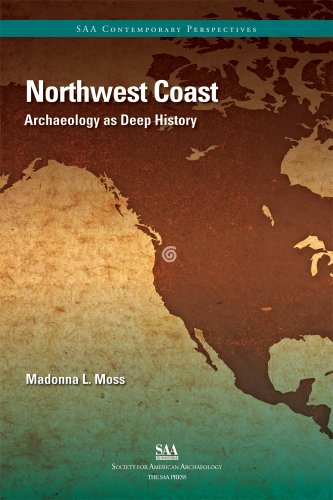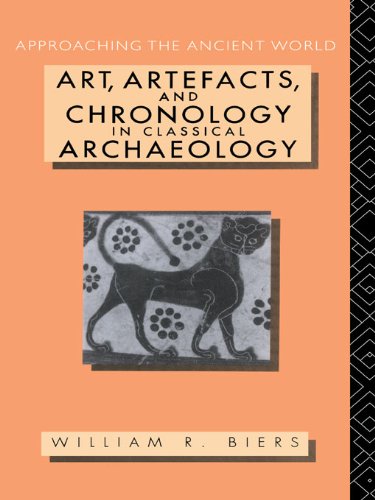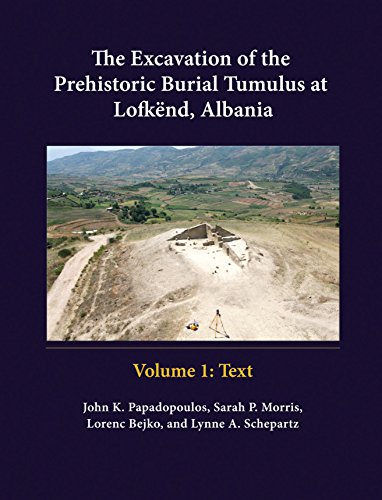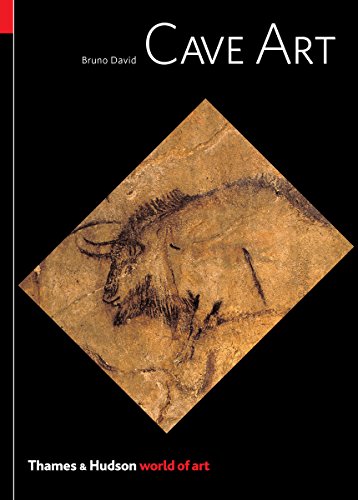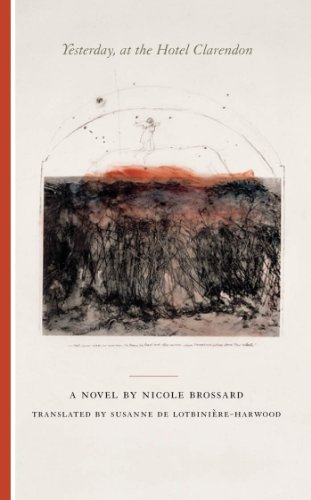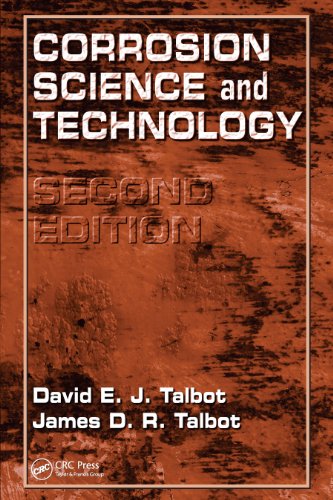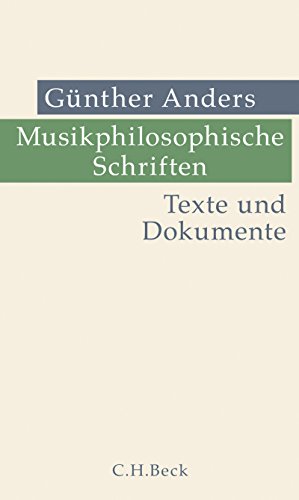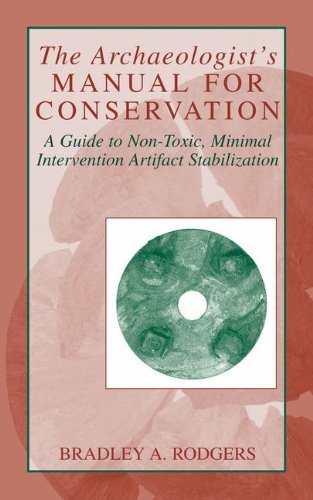
By Bradley A. Rodgers
Read or Download The Archaeologist's Manual for Conservation: A Guide to Non-Toxic, Minimal Intervention Artifact Stabilization (Kluwer International Series on Computer Supported Cooperativ) PDF
Best archaeology books
Northwest Coast: Archaeology as Deep History
This concise evaluate of the archeology of the Northwest Coast of North the US demanding situations stereotypes approximately complicated hunter-gatherers. Madonna Moss argues that those old societies have been at the beginning fishers and nutrition manufacturers and benefit learn outdoors social-evolutionary frameworks. Moss ways the archaeological list by itself phrases, spotting that alterations via time frequently mirror sampling and visibility of the checklist itself.
Art, Artefacts and Chronology in Classical Archaeology (Approaching the Ancient World)
The museums of the area are packed with statues and different artefacts of the Greeks and the Romans. All are given a date. yet how are those dates arrived at. what's the proof? This research offers the scholar with an creation and rationalization of the methods students date the archaeological is still of classical antiquity.
The burial tumulus of Lofkënd lies in a single of the richest archaeological parts of Albania (ancient Illyria) domestic to a few burial tumuli spanning the Bronze and Iron a while of later European prehistory. Modern knowing of the pre- and protohistory of Illyria has largely been formed via the contents of such burial mounds, yet some were robbed some time past, others reused for contemporary burials, and few were excavated lower than clinical stipulations.
Deep underground, hidden from view, a few of humanitys earliest inventive endeavours have lain buried for hundreds of thousands of years. the main historic artistic endeavors have been transportable gadgets, left on cave flooring. Shell beads sign that 100,000 years in the past people had constructed a feeling of self and a wish to decorate the physique; ostrich eggshells incised with curious geometric styles trace at how groups used artwork, during the strength of symbols, to speak methods of doing issues and bind humans jointly.
- Mycenaean Greece and the Aegean World: Palace and Province in the Late Bronze Age
- Heritage in Action: Making the Past in the Present
- In the Aftermath of Migration: Renegotiating Ancient Identity in Southeastern Arizona (Anthropological Papers)
- Understanding Collapse: Ancient History and Modern Myths
- Stone Mirror: A Novel of the Neolithic
- 1177 B.C.: The Year Civilization Collapsed (Turning Points in Ancient History)
Additional info for The Archaeologist's Manual for Conservation: A Guide to Non-Toxic, Minimal Intervention Artifact Stabilization (Kluwer International Series on Computer Supported Cooperativ)
Example text
